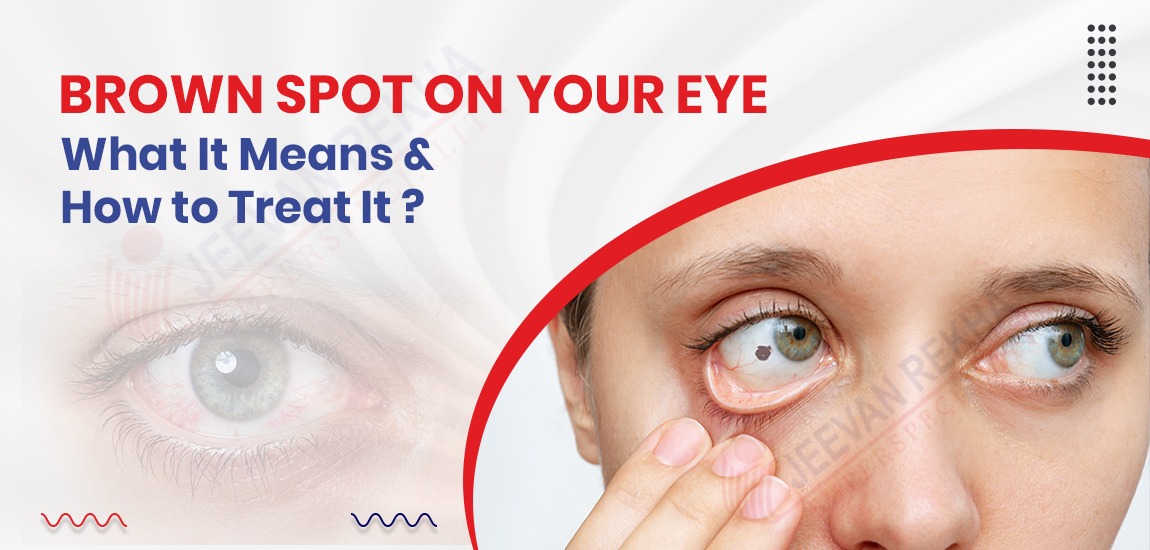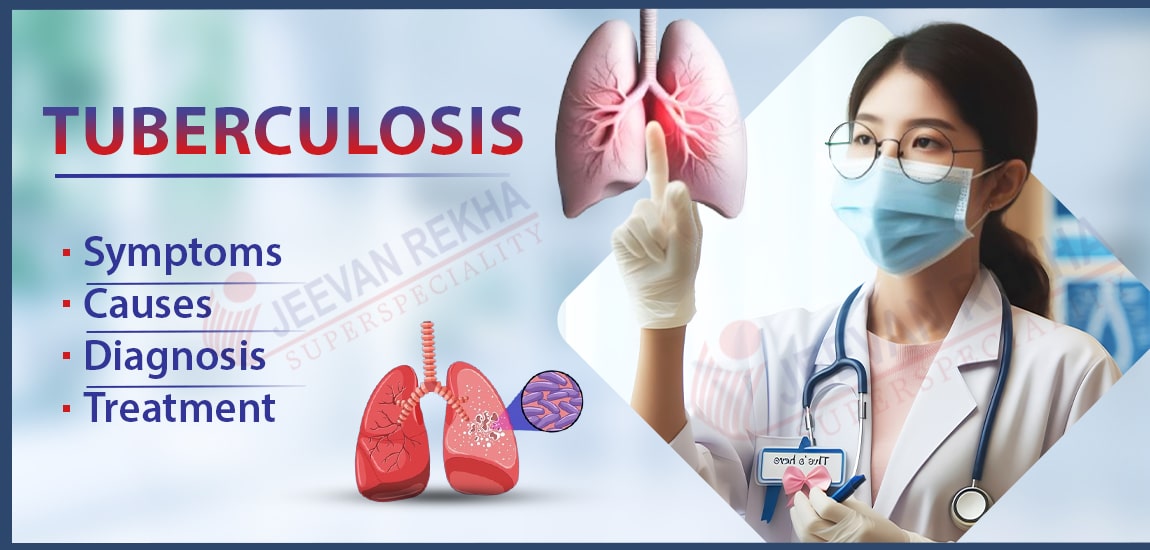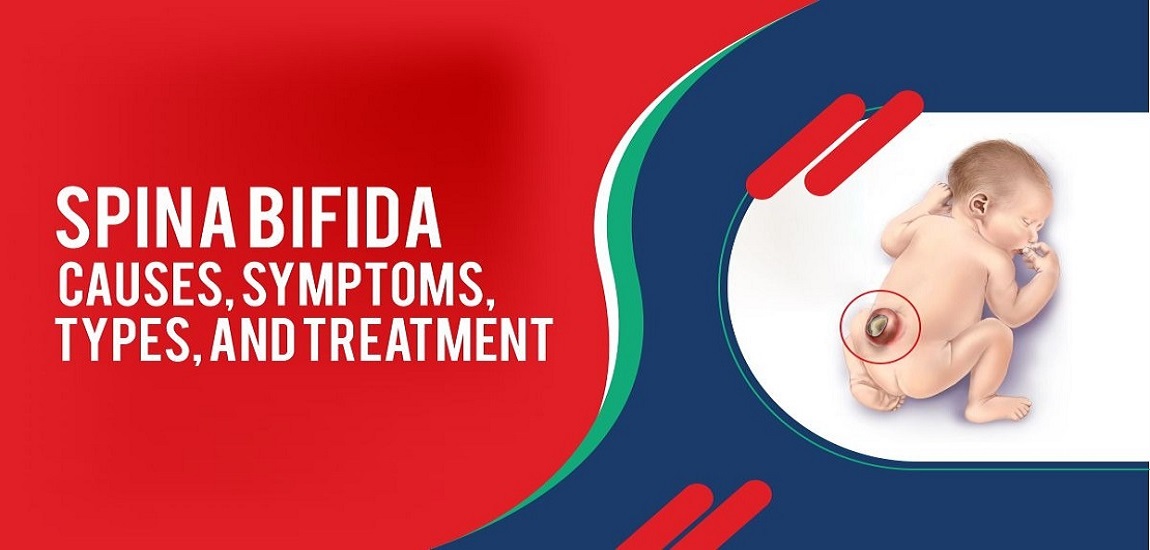
- By JRSH Admin
- In Health and Tips,
- Posted May 08, 2023
Brown Spot on Your Eye: What It Means and How to Treat It
You probably want to know what brown spots are and what causes them if you are among the 5–10% of people who have them on their eyes. The most frequent cause of these spots is choroidal nevus, also referred to as "eye freckles," and they are typically as harmless as they sound. There are other potential causes as well.
What does Brown's Spot on the Eye mean?
Brown spots in the eye, also referred to as nevi, are produced when melanocytes, or pigment cells, group together, much like freckles or moles do on the skin. Additionally, these pigment cells make melanin, which is responsible for the color of hair, skin, and eyes. Our bodies frequently have evenly distributed melanocytes, which are only noticeable when they group.
Why do they, however, group together? As was previously mentioned, some people are born with freckles in their eyes. However, it is still unknown why some people develop dark spots in their eyes. The likelihood of developing a nevus is thought to be influenced by a few variables, such as exposure to ultraviolet light.
The majority of the time, brown spots on the eyes are not harmful. Although nevi are not harmful, ocular melanoma spots should be taken seriously.
Due to the lack of early warning signs or symptoms, it can be challenging to determine if you have ocular melanoma. Diagnosing this condition requires comprehensive eye exams.
Depending on the type of spot you have, there are different ways to treat brown spots on the eyes. Although they will be monitored for any changes in shape and color, the majority of nevi don't need to be treated. Treatment for ocular melanoma should be appropriate and may entail either surgery or laser therapy.
Read also: Forehead Acne (Pimple): Causes, Reasons Treatments, and Prevention
Causes of the brown eye spot:
The formation of eye freckles can occur in a variety of ways, and occasionally these growths are predisposed to you at birth. The first crucial piece of information about the potential cause of nevi comes from their cellular makeup. During a typical nevus examination, your ophthalmologist will be searching for a collection of melanocytes on the area of your eye that is affected.
Because melanin is a naturally occurring color pigment, any unusual melanocyte buildup can result in visible discoloration or brown spots.
Why this affects some people and not others is possible to explain in various ways, including:
- High melanin levels: Some people, particularly Black people, have melanin levels in their bodies that are above average. The brown spots on the sclera, the white part of the eye, are more likely to be present at birth.
- Sun exposure: As you age, a mass of melanocytes may develop on your eyes, resulting in brown or dark spots. The presence of this type of nevi has been linked to ultraviolet light exposure, according to eye doctors.
Symptoms of brown spot on the eye:
Nevi usually don't show any symptoms. You might not even know it until you look in the mirror.
There may not be any symptoms at first for ocular melanoma. If you do experience symptoms, they could be signs of other eye conditions. For this reason, as soon as you start to notice any changes in your eyes or vision, you must consult a doctor or member of your eye care team.
The following are possible signs of brown spots on the eye:
- the pupil's appearance or size changing in any way
- enlarged eyes
- alterations in the socket's position for your eyeball
- increasingly larger dark spot on the iris
- floaters or flashing lights
- the vision that is hazy or partially vision
How to remove brown spots from the eye?
Treating a brown spot on the eye sclera is usually unnecessary because it is harmless and cannot be safely removed for aesthetic reasons.
When cancerous eye freckles are discovered, they may be treated with laser eye surgery, radiation therapy, or a combination of the two.
For any advice regarding your vision, always speak to your neighborhood optician.
Read also: What are the mental and physical health benefits of Exercise?
When to seek medical care:
Consult your doctor or the eye care team as soon as you notice a brown spot on your eye. Your eye care team will want to regularly check the brown spot to see if it is an eye freckle.
Even though it's extremely unlikely, an eye freckle can eventually turn into cancer. Ocular melanoma is very unlikely to be a brown spot. After testing, your doctor will work with you to create a treatment plan if an eye freckle does turn out to be cancerous.
Consult a doctor if you start to experience any symptoms similar to those listed above, or if your eyes or vision start to hurt or change in any other way.
How are they treated?
Freckles on the eyes can be removed. However, since they are generally benign, no medical intervention is required.
The most effective medical interventions include:
- Radiation (the killing or shrinking of an eye growth using high-energy rays delivered using specialized equipment)
- Surgery (the surgeon cuts the eye to remove the growth)
- While similar to radiation, laser therapy is intended to heat and destroy the target.
- In the worst case, an eye removal
Depending on how deep or extensive the surgery was, it might have an unintended negative impact on the tissues surrounding the eye's affected area. Except in cases where there is a high risk that the nevus will develop into cancer, your ophthalmologist won't advise it.
Laser therapy and radiation are also examples of this. It wouldn't make sense to subject your eye to high-energy beams to remove a discoloration that isn't vision- or life-threatening.
Tags
Blog Search
Latest Posts
-
बर्ड फ्लू के लक्षण, कारण, उपचार और बचाव के उपाय जानें
December 04, 2025 -
Best Diet Plan for Menopause Weight Management
November 25, 2025 -
Pulmonary Fibrosis Treatment: Understanding Lung Scarring and Breathing Problems
November 21, 2025 -
Arrhythmia: Types, Causes, Symptoms, and Treatment
November 07, 2025 -
Silent Heart Attack: Causes, Symptoms and Treatment
October 24, 2025




